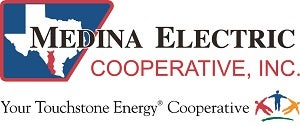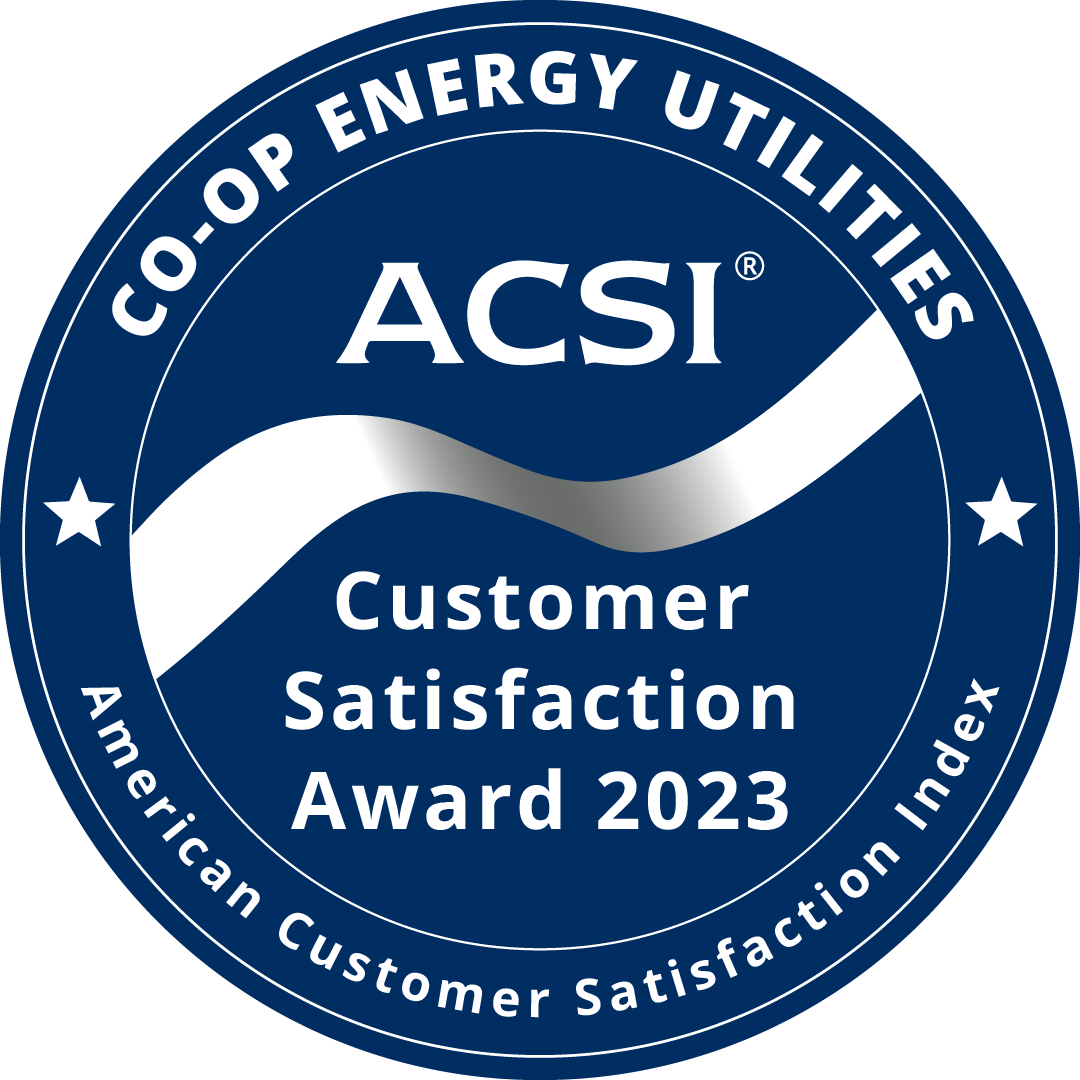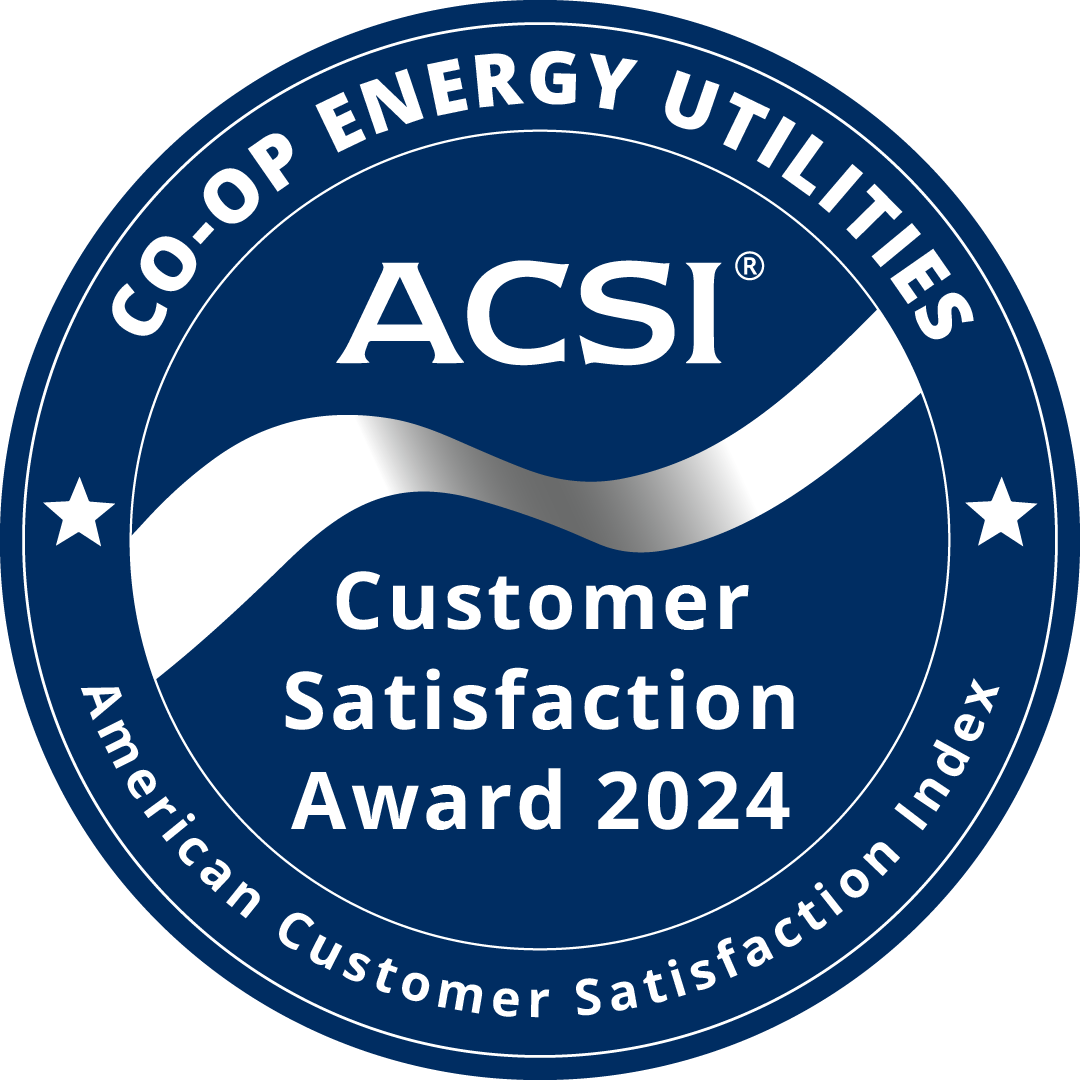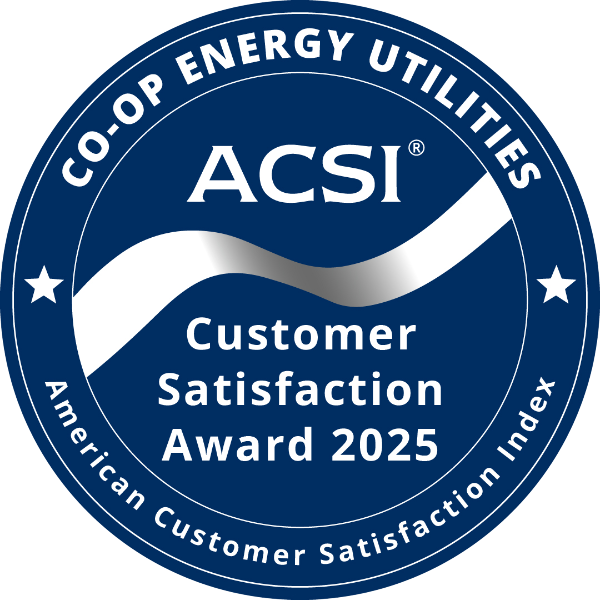Subdivision Developer Resources
This page will be a resource for developers building residential and industrial subdivisions in Medina EC's service area.
Plat Review
Developers can submit plats to Medina EC staff prior to application if review is needed. Please send to BusinessDevelopment@MedinaEC.org. A plat is required to be uploaded with each application for a backbone line; KMZ or DWG files must be provided.
Easements
The following are the standard MEC easement widths for preliminary planning. During design of your project the specifics of all easements needed will be determined. It is always the cooperative’s goal to work with the developer and other utilities, while also ensuring future members in the area are served by lines that are easily accessible by crews at all times.
- Standard Easement, Overhead Distribution Lines: 20 Feet on either side of the facilities; 40 feet total
- Standard Easement, Single Phase Underground Distribution Lines: Five (5) Feet on either side of the facilities; 10 feet total
- Standard Easement, Three Phase Underground Distribution Lines: ten (10) feet on either side of the facilities; 20’ total ( a standard forty (40) foot wide easement may also be used to encompass the three-phase underground transformer and buried underground three-phase cable and conduit. When only three phase underground facilities and a transformer are installed, a twenty (20) foot wide easement is acceptable, provided that the overhead facilities are in an existing easement.
All easements give the cooperative the right of ingress and egress, and the cooperative does not accept blanket easements. Cooperative easements are not exclusive. Easements in private property are always preferred over placement of facilities in public right-of-way to prevent future possible relocation costs to members. Easements should be placed along streets or major roadways to allow access to the facilities from the front; not be along back lot lines. Side lot line easements are also desired to make service easier to all future residents who may purchase property.
Obtaining Easements
It is the responsibility of the developer / member to obtain easements needed from other landowners to serve their location. Medina EC staff will prepare easement documents and provide them to the developer for obtaining signatures. Medina EC does not pay for easements. Easements can also be needed for overhang on adjacent properties in certain designs.
Standard Easement Language *
*Please note: Medina EC will provide the easement documents and exhibits during the project. This wording is just for reference purposes.
Rights-of-Way Clearance
Maintaining clear right-of-way (ROW) around power lines, whether overhead or underground, and cooperative equipment such as power poles, pad-mount transformers, and junction boxes is imperative for the safety and accessibility of Medina EC crews. Here are the specifications regarding right-of-way clearance:
- Standard Easement Distance: The ROW distance around power lines aligns with standard easement specifications. This distance ensures unobstructed access for maintenance and repair activities.
- Clearance for Equipment: For pad-mount transformers, vaults, and junction boxes, a minimum clearance of 10 feet in front of the doors and 3 feet on the remaining sides must be maintained. This clearance is essential for safe operation and accessibility.
Medina EC conducts routine right-of-way inspections throughout our service area. These inspections include vegetation maintenance, tree trimming, herbicide spraying, and mechanical clearing of obstructions from our equipment. These proactive measures help mitigate potential hazards and ensure the reliability of our services. Learn more about our ROW program here.
Applying for Service
Medina EC has application for various types of service. You can find online and PDF applications on the new service page.
Application types:
- New Construction — applies to all projects requiring new lines being built to a location which will ultimately have a meter at the end. For metered points.
- Subdivision / Backbone — applies to all projects requiring a line be built as a backbone to tap off of and place/set meters (the backbone line in a subdivision / industrial park - the end goal is for end users to obtain meters / service for their location, in their own name, once they begin construction OR for the developer to obtain a meter for the location in their own name)
- Existing Meter — Switching an existing meter into your name. This would be used if the developer obtained metered points in their name and then later needed to change that meter into another entity’s name that will be buying or leasing the property.
Streetlights
If your development requires MEC installed streetlights, please indicate that as requested on the application. Medina EC offers one type of non-decorative pole. If a decorative pole is desired, please make plans to obtain those separately and let the cooperative know. We will set a meter and then the developer can run wiring for streetlights from there.
New Construction Process
Below is a very condensed version of the process including payment expectations/requirements for the project to move forward.
- Application is made: There will be a $100 initial engineering review fee. Once it is paid, it will be routed for an engineering review; this will allow us to determine an approximate cost to do the design/engineering work. Once that is calculated, you will get a second invoice for the final design/engineering amount (differs on every project; $3,000 minimum).
- Once that is paid, design and engineering work will be done and an estimated cost to build the project will be delivered. You will be invoiced for that estimated cost. If invoices remain unpaid for 60 days, the cost estimate will be recalculated and must be agreed upon and paid before moving to construction.
- Once paid, material is ordered and it moves into the queue for construction. This assumes we have all easements needed in hand by the time it is ready to go to construction.
- Material arrives / job constructed. Settle up follows.
An expanded version on what to expect is available on this PDF document.
Settle-Up After Job is Built
For any job estimated to cost more than $10K, once it is constructed there will be a settle-up based on the actual cost of the job. If it costs less to build than what was estimated, you will be mailed a check for a credit based on what you paid vs. actual costs. If it costs more to build than what was estimated, MEC will invoice you for the difference. As a cooperative, we operate on a not-for-profit basis. It is important to us that the cost of the job is paid by the member that builds the job. Labor and material will be billed at actual cost and could be different than what is reflected on the estimate you are provided.



